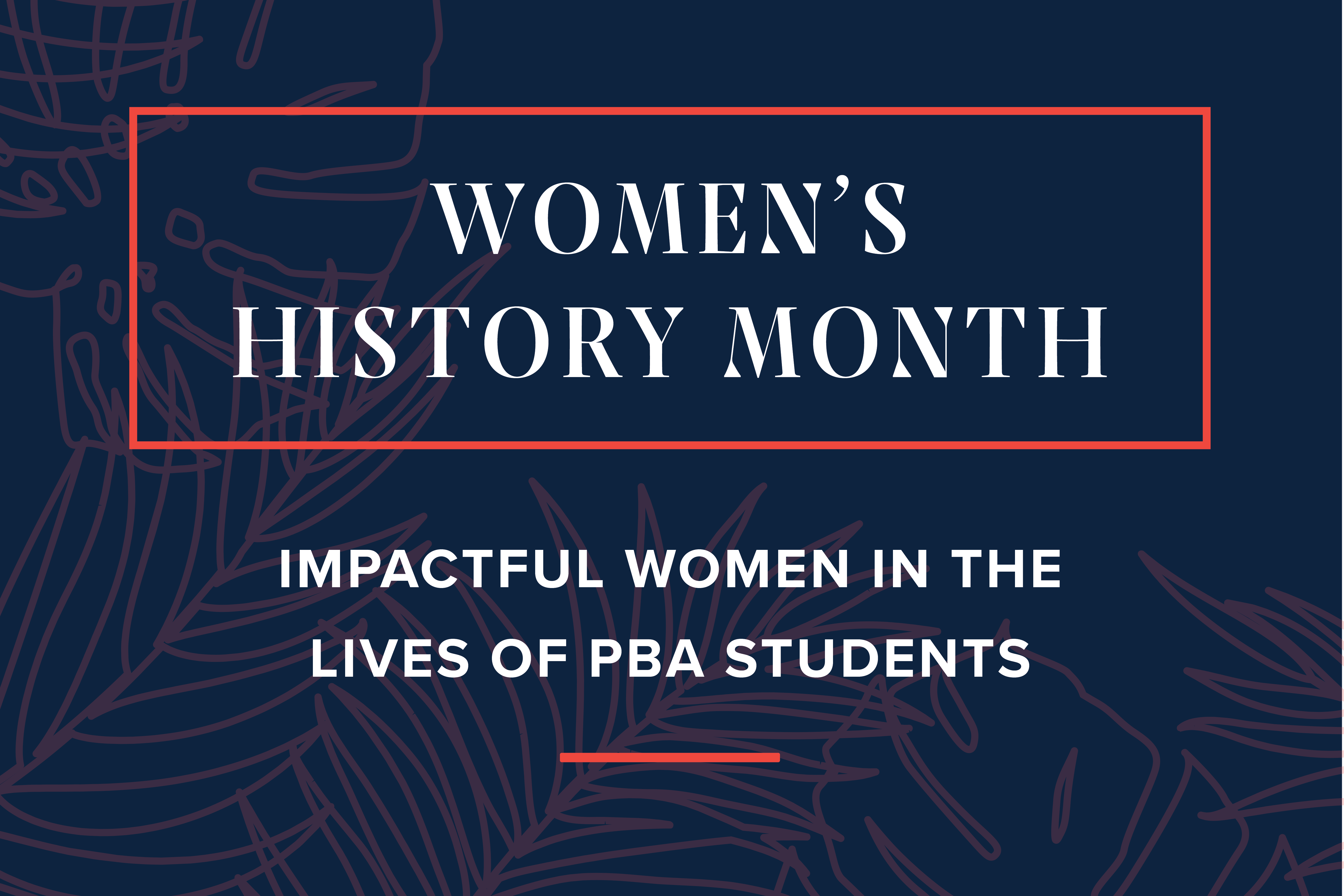Ana Panta is a natural at staying on beat, a skill that comes in handy as a junior studying popular music. This gift of rhythm is partly because of the wide range of music she grew up hearing in Peru. Even though Ana came to America over two years ago to study at Palm Beach Atlantic University, her upbringing still heavily influences her life, including her music.
Ana’s mom is from Iquitos, the gateway to the Amazon Rainforest, and her father is from Piura, a city closer to the coast than the jungle. They met and raised Ana in Lima, the capital city of Peru. Lima is one of South America’s largest cities and is known for showcasing different elements of Peru, including the food, history and art.
Growing up in the capital with parents from opposite parts of the country exposed Ana to its diversity. Peruvian culture is made up of influences from indigenous tribes, the Spanish, Africa and Asia. The country’s rugged terrain has allowed many customs and traditions to develop and thrive. This has led to Peru’s coastal, jungle and mountain regions creating their own subcultures with distinct food and music.
Peruvian Culture and Artistic Expression
The diversity of music helped Ana grow as an artist. She grew up in a music-loving family where every family reunion or holiday always ended with singing or playing instruments for hours. Learning Peru’s vast arrangement of rhythms has helped Ana become a better musician by giving her a broad skill set. Ana incorporates all types of Peruvian music in her own expression as an artist, including the fast-paced dance beats of the jungle, the love ballads of the coast, and the mournful songs that come out of the mountains. Each region uses specific tempos and instruments to produce unique music that blends beautifully with each other.
“My culture is part of how I learned to play. Whenever you try something new or try something someone else already did, it’s inevitable not to take it with you,” said Ana.
One of Ana’s role models is Tony Succar, a famous Peruvian percussionist and composer. She admires how he can take music from her culture and bring it to other parts of the world. She likes how he can bring these hidden gems from Peruvian music to the global stage.
Celebrating the Beauty in Every Culture
Having this kind of representation is important to her because she feels that Peru does not have a large international presence. Since coming to America, she has only met a handful of other Peruvians. People often confuse her with other ethnic groups, and she rarely meets anyone who already appreciates Peruvian culture.
“I don’t think there’s many Peruvians here. I haven’t really run into many people who have an understanding of who I am,” said Ana.
Ana believes Hispanic Heritage Month is an opportunity to remember certain people’s struggles and celebrate the beauty found in every culture. She likes how the month makes her feel seen, despite most of the time feeling like she belongs to such a small population in the United States. She hopes more people will be open-minded to learning about her culture.
“My parents always remind me that coming here is not escaping one culture and trying to find something new. It’s just taking the good stuff and showing people all the great things about us,” said Ana.
PBA’s College of the Arts is pleased to announce the 15th Annual Hispanic Heritage Festival to be held on October 10-13, 2024, in the Vera Lea Rinker Music and Fine Arts Building on our campus in West Palm Beach, Florida. To learn more, click here.



